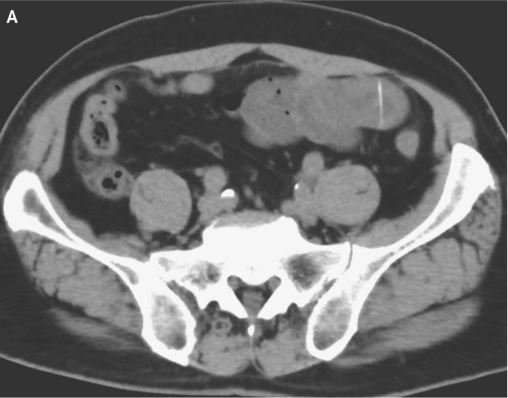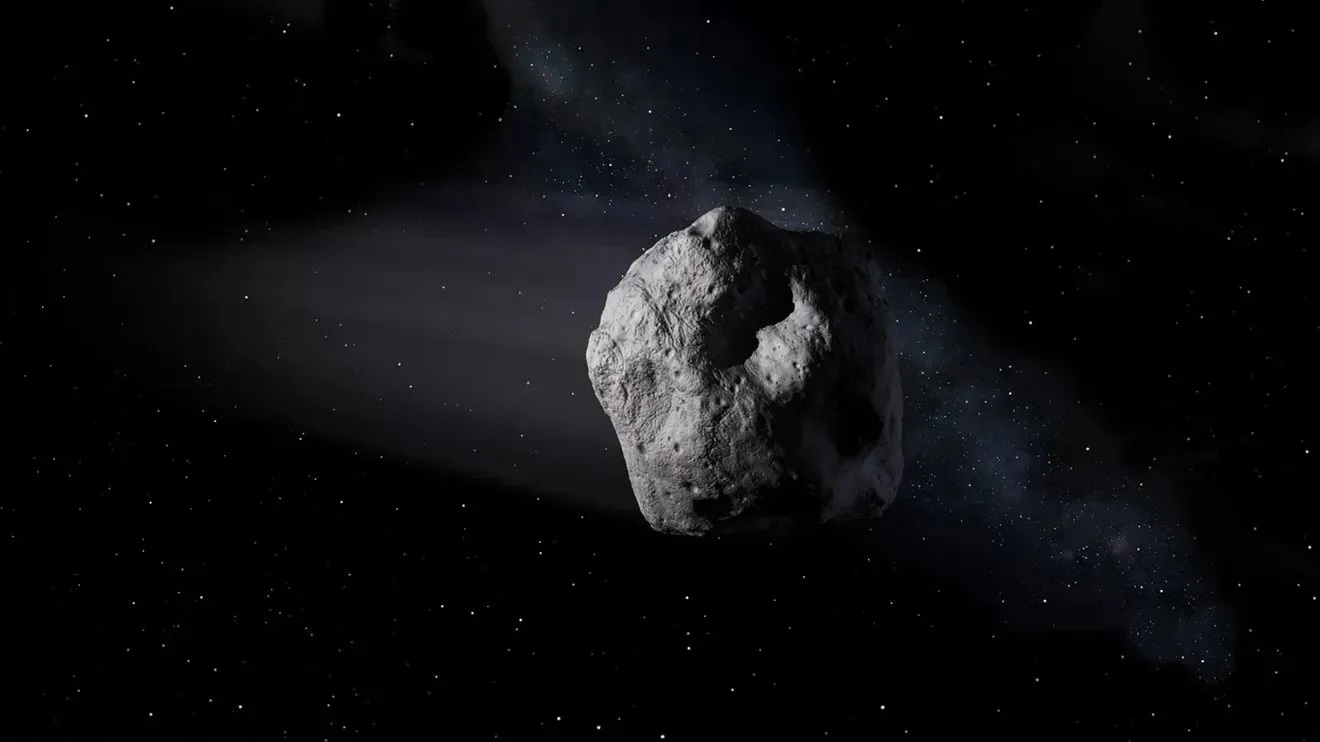When you buy through links on our site , we may earn an affiliate direction . Here ’s how it works .
The four - eyed spookfish may have seemed foreign enough . Now research worker say it does n’t really have four eyes . or else , it is the known first craniate to use mirrors , rather than lenses , to focus light in its eye .
“ In almost 500 million years of vertebrate phylogenesis , and many thousands of vertebrate species live and dead , this is the only one known to have solved the primal optical job face byall middle — how to make an image — using a mirror , " said Julian Partridge from the University of Bristol .

View of a spookfish from above. Inset shows a section through the diverticulum eye showing the way incoming light from a distant light source is imaged. Photo by Tammy Frank
While the spookfish reckon like it has four eyes , in fact it only has two , each of which is split into two connected parts . One half maneuver upwards , giving the spookfish a view of the sea — and likely intellectual nourishment — above . The other half , which looks like a bump on the side of the Pisces ’s head , points down . These diverticular eyes , as they are called , are unparalleled among all vertebrate in that they use a mirror to make the figure , Bonasa umbellus and colleagues found .
Very little faint penetrates beneath about .62 land mile ( 1,000 meters ) of weewee . Like many other deep - sea fish , the spookfish is adapted to make the most of what little light there is . It is flashes of bioluminescent light from other animals that the spookfish are largely looking for . The diverticular eyes image these flashes , warn the spookfish of other animals that are participating , and otherwise unobserved , below its vulnerable belly .
Although the spookfish was discovered 120 years ago , no one had discovered its reflective eyes until now because a live animate being had never been catch .

When Professor Hans - Joachim Wagner from Tuebingen University caught a live specimen off the Pacific island of Tonga , member of his enquiry team used twinkle photography to affirm the Pisces ’s upward and down gazes .
Photographs looking down on the resilient Pisces the Fishes give rise eye - refulgence in the main tubular eyes that point upward , but not in the diverticular eye that channelise downward . Instead , these speculate luminousness when see from below .
It was when see at sections of the optic that had been organise for microscopy that Partridge earn that the diverticular mirrors where something exciting . The mirror use lilliputian plates , belike of G crystals , set into a multi - layer stack . This is not unique in the creature kingdom ( it ’s why silvern Pisces are silvery ) but the arrangement and predilection of the guanine crystal is exactly hold in such that they calculate the light to a focus .

A computer simulation present that the exact preference of the plates within the mirror ’s curved Earth’s surface is unadulterated for focalize reflected light onto the Pisces ’s retina .
The use of goods and services of a undivided mirror has a distinguishable vantage over a lens of the eye in its potential drop to produce brilliant , high - contrast images . That must give the Pisces a great advantage in the deep sea , where the ability to spot even the dimmest and briefest of light can mean the difference between eat on and being eat on .
The research will be published this month inCurrent Biology .
















